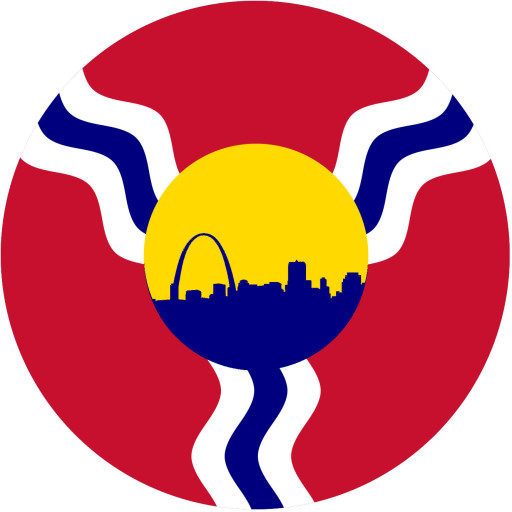Transit Oriented Development (TOD) is a planning strategy that aims to create compact, mixed-use communities around high-quality public transportation services. The goals of TOD include:
- Promoting sustainable transportation: reducing environmental impact of greenhouse gas emissions, by reducing the need for automobile travel, and promoting energy-efficient buildings and infrastructure.
- Creating livable communities: TOD aims to create vibrant and walkable neighborhoods that offer a range of housing options, retail and services, parks and public spaces, and other amenities that contribute to the quality of life.
- Supporting economic development: TOD can attract investment and stimulate economic growth by creating new opportunities for businesses and employment, while also promoting the efficient use of land and resources.
- Enhancing social equity: TOD seeks to create communities that are accessible and affordable to people of all incomes and backgrounds, while also improving access to jobs, education, and services.
Overall, the goals of TOD are to create more sustainable, livable, and equitable communities that promote economic growth and environmental sustainability.
Saint Louis, Missouri has several examples of Transit Oriented Development (TOD) projects, including:
- Cortex Innovation Community: Located in the city’s Central West End and Forest Park Southeast neighborhoods, this mixed-use development includes office and research space, housing, retail, and public spaces. It is located near several MetroLink light rail stations and encourages alternative transportation through bike-share and shuttle services.
- Delmar Loop: This historic entertainment district in the city’s University City neighborhood has been transformed into a vibrant mixed-use district that includes restaurants, shops, apartments, and offices. It is located near the Delmar Loop MetroLink station, providing easy access to public transportation.
- Grand Center Arts District: Located near the Grand MetroLink station, this area has undergone significant redevelopment in recent years, including the construction of new residential buildings, arts and cultural venues, and public spaces. The district is home to several theaters, galleries, and music venues.
- The Grove: This neighborhood has experienced a revitalization in recent years, with the development of new housing, restaurants, and entertainment venues. It is located near the Forest Park-DeBaliviere MetroLink station and encourages alternative transportation through bike lanes and a bike-share program.
- City Foundry STL: This mixed-use development in Midtown is under construction and will include housing, retail, and entertainment space. It is located near several bus lines and the upcoming Chouteau Greenway, a multi-use trail that will connect the city’s neighborhoods and parks.
Author: ChatGBT

